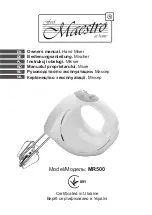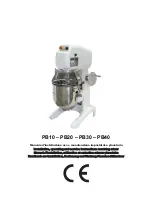
Processing Drums In Groups
By using two or more MIX7 it’s easy to create ''subgroups''. Subgroups are used to process groups
of different sounds simultaneously. For example you can mix bass drums, toms and snare
together using one MIX7 and Hi Hats and cymbals using another MIX7.
1.
Connect the output of the first MIX7 to a High Pass input on Forbidden Planet and the
output of the second MIX7 to a delay.
2.
Connect MIX7 outputs to the inputs on a third MIX7.
3.
Connect the output of the third MIX7 to your sound system.
Now you have split your drum sounds into two separate processing groups: High-Pass filter
on low and mid-range drums and delay on cymbals and hi hats. This is a typical workflow
of signal routing and sound design inside the modular.
Mixing Oscillator Waveforms
1.
Tune your Z3000 oscillator to a nice bass frequency.
2.
Connect square wave to input 1 on MIX7.
3.
Connect sine wave output of a second Z3000 tuned one octave lower than the first to
channel 2 of MIX7.
4.
Connect mix output of MIX7 to the input of Z2040 filter.
5.
Connect the output of Z2040 to your sound system.
Now you have a square wave tone reinforced by a sub bass sine wave that you can filter to
taste.
A variation on the patch described above.
1.
Tune your Z3000 oscillator to a nice bass frequency.
2.
Conne.ct square wave output to the input of Z2040.
3.
Connect the output of Z2040 to input 1 on MIX7.
4.
Connect sine wave output of a second Z3000 tuned one octave lower than the first to
channel 2 of MIX7.
5.
Connect mix output of MIX7 to your sound system.
Now you have a square wave tone that you can filter to taste reinforced by a sub bass sine
wave that is filtered separately.
http://tiptopaudio.com/mix7-analog-summing-mixer
Содержание MIX7
Страница 1: ...www tiptopaudio com...























